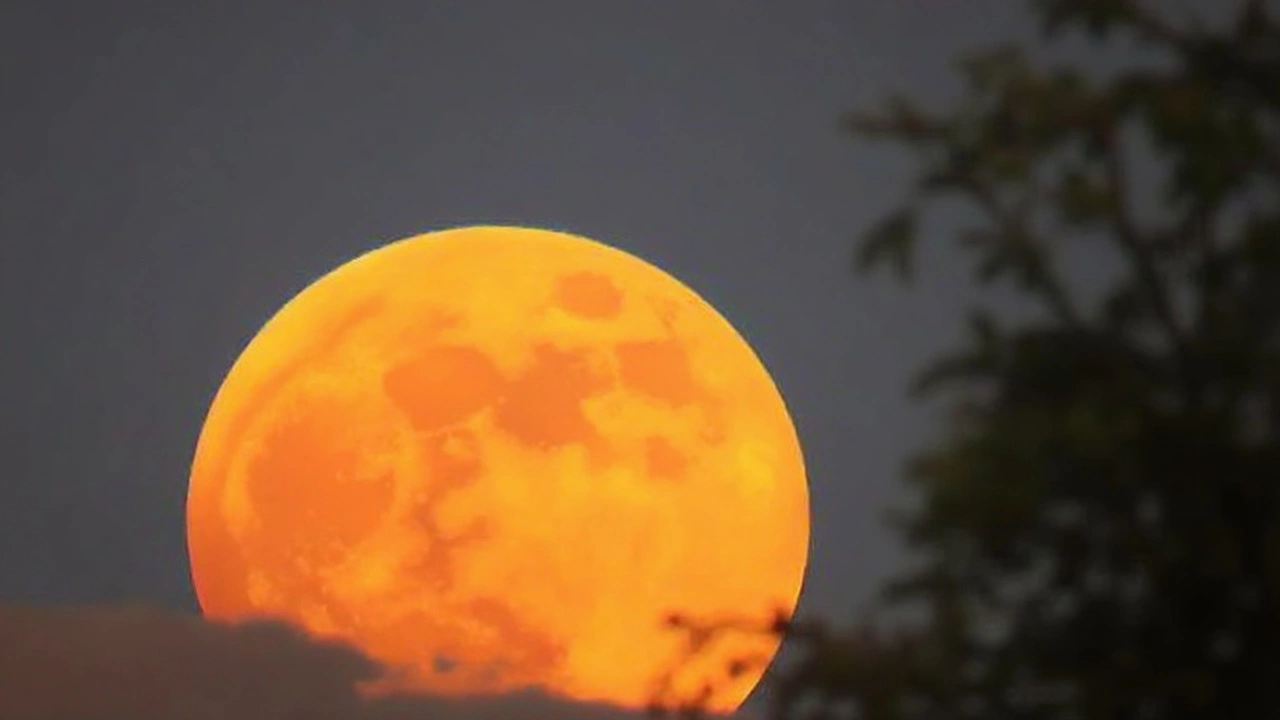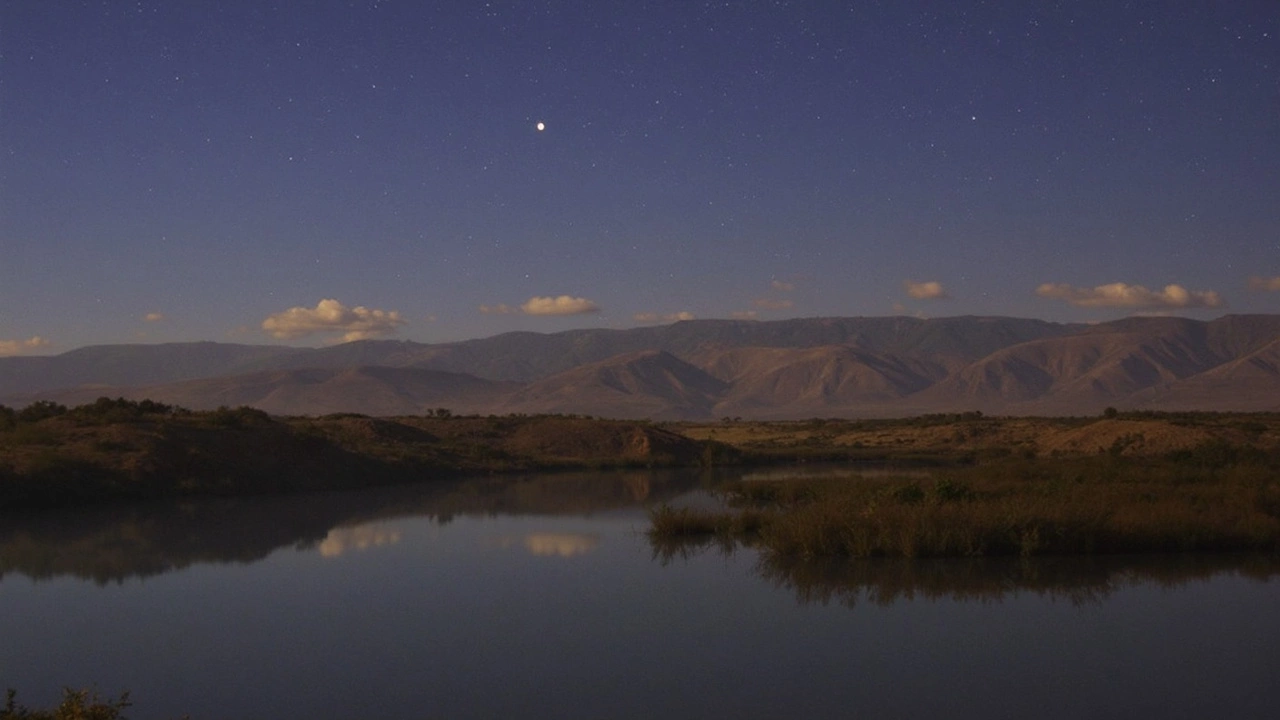Mars, Mercury, and Venus Take Center Stage
Skywatchers, get ready—the night and dawn skies in July 2025 are set to put on a fantastic show. Right at twilight, you can't miss Mars standing bold about 20 degrees above the western horizon. It becomes easy to spot once the sky starts to dim, hanging out like a red beacon before slipping out of view late at night. Its bright orange glow is at its most striking as twilight fades, so don’t wait too long if you want a good look.
Mercury, on the other hand, is your fleeting catch this month. During the first week of July, it makes a quick appearance low on the western horizon, just 30 to 45 minutes after sunset. If you know where to look, you’ll spot its tiny dot of light before it sets, but don’t delay—it dips below the horizon after only an hour. Take advantage of any clear evenings early in the month, as this will be one of Mercury’s few easy-to-see moments for the entire summer.
Venus is the real superstar in July’s early mornings. It sparkles in the eastern dawn sky—brighter than any other planet you’ll see. And it isn’t alone! Venus is hanging out near a few famous stars and clusters: the Pleiades, Aldebaran, and Capella form a backdrop. Around mid-July, Jupiter starts to climb up in the east, and before the month is out, you can catch the giant planet joining Venus just as the morning starts to break. Watch carefully as Jupiter slowly creeps closer to Venus for a stunning planetary duo by the end of July.

Saturn Rises and the Eagle Soars
While most folks are asleep, Saturn wakes up and rises near midnight, reaching its highest point in the southern sky by dawn. If you’re an early riser—or a night owl—you’ll see Saturn’s steady yellow glow a little west of where Jupiter rises. Its ringed splendor isn’t visible to the naked eye, but even with a basic telescope, those iconic rings reveal themselves at this time of year.
This is also when Aquila the Eagle starts to make its presence felt across the sky. With the Moon setting later in July, those who like a challenge can trace the spread-eagle shape of the constellation. Begin with Altair, Aquila’s brightest star, and stretch your gaze along the stars forming the eagle’s wingspan. The lack of bright moonlight in the latter part of the month gives you a shot at spotting some of Aquila’s fainter stars, so if you’re out with binoculars or just lying in a dark backyard, now’s your chance.
- Mars dominates early evenings in the western sky.
- Mercury is visible for a short window after sunset in early July.
- Venus and Jupiter brighten the eastern dawn, especially by mid to late month.
- Saturn is perfect for late-night skywatchers, reaching its highest a few hours before sunrise.
- The Aquila constellation is ripe for observing after the Moon has set.
As always, the Moon phases play a big role. If you want to spot those subtle stars in Aquila, pick nights after the new Moon or just after the Moon has set, when the sky is darkest. And for watching faint planets like Mercury or the dimmer stars in constellations, even a little less moonlight makes all the difference.
NASA’s skywatching guide, voiced by Preston Dyches of the Jet Propulsion Laboratory, invites everyone to keep an eye on these changes as the month unfolds. Grab a blanket, or maybe a pair of binoculars, and see how the July 2025 skies deliver fresh surprises night after night.





